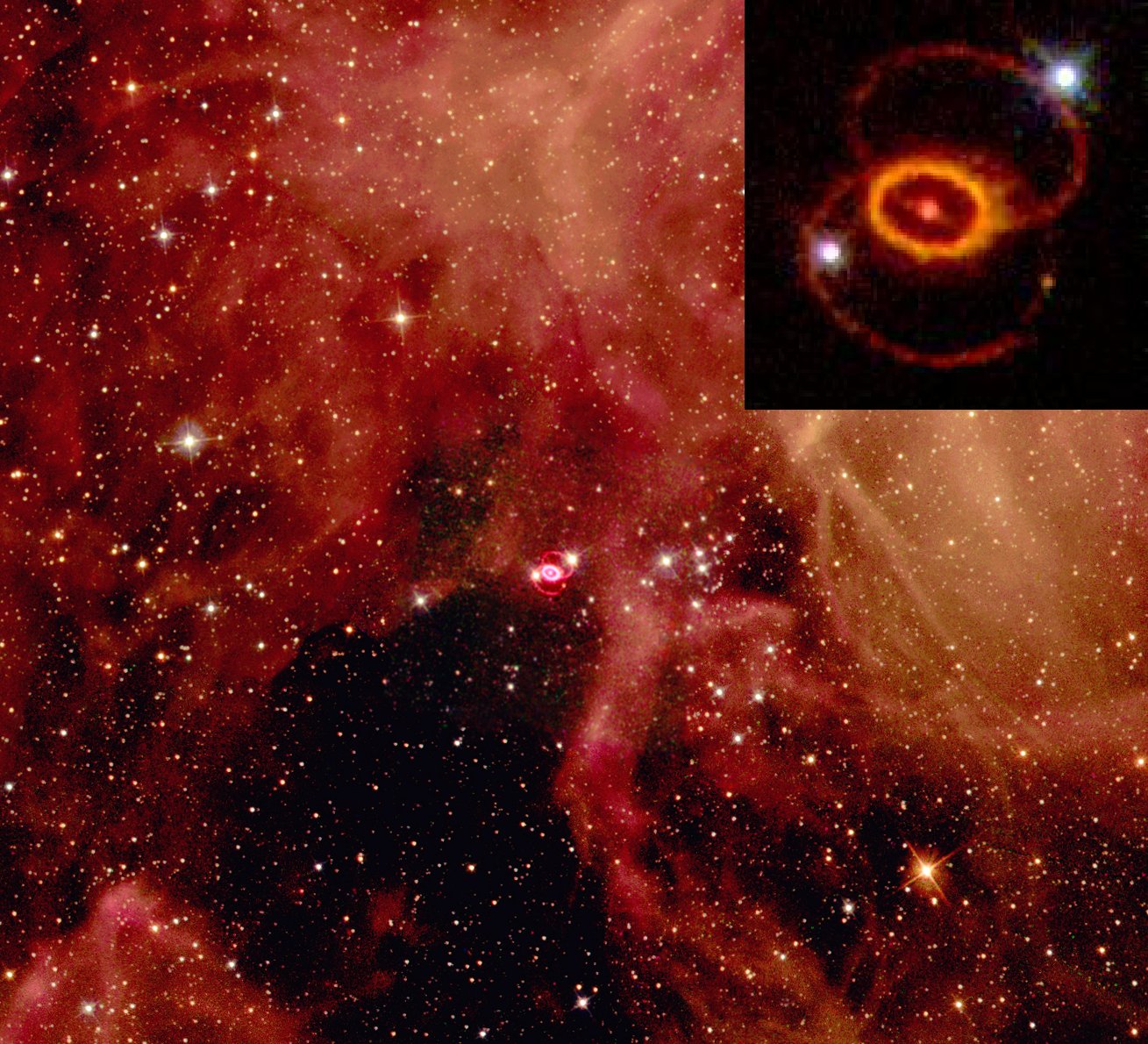NASA’s James Webb Space Telescope captured the breathtaking remains of the supergiant star in the Large Magellanic Cloud.

Breathtaking remains of the supergiant star in the Large Magellanic Cloud. (Photo: NASA)
Supergiant Star’s Expanding Remains in the Large Magellanic Cloud
Head Topics reports that the James Webb Space Telescope has captured the remains of the supergiant star that exploded in the Large Magellanic Cloud 36 years ago. The NIRcam that captured the breathtaking view of the supergiant star shows its debris expanding and revealing new details about the burgeoning supernova remnants.
The renowned supergiant star, Supernova 1987A, was identified in 1987. It was located 168,000 light-years away in the Large Magellanic Cloud.
READ ALSO: The Discovery Of 1992 QB1 On This Day 33 Years Ago: A Milestone In Kuiper Belt Exploration
Matsuura Studied the Supergiant Star Remains
SPACE reports that a group of esteemed astronomers, led by Mikako Matsuura of Cardiff University, UK, have been monitoring the remnants of a supergiant star that exploded in 1987. Their research has produced a breathtaking image of the aftermath of the explosion.
Matsuura used the James Webb Space Telescope to measure the expanding remains of the supergiant star when it interacts with the surrounding material. His study shows that when supergiant stars interact, they become unstable.
Previously, the Hubble Space Telescope caught the supergiant star, Supernova 1987A’s expanding shock wave. The supergiant star’s shockwave was caught to have collided with a ring and slowed down to 2,300 kilometers per second.
READ ALSO: Mysterious Hackers Target Highly Advanced Telescopes, Resulting In Temporary Shutdown

















































